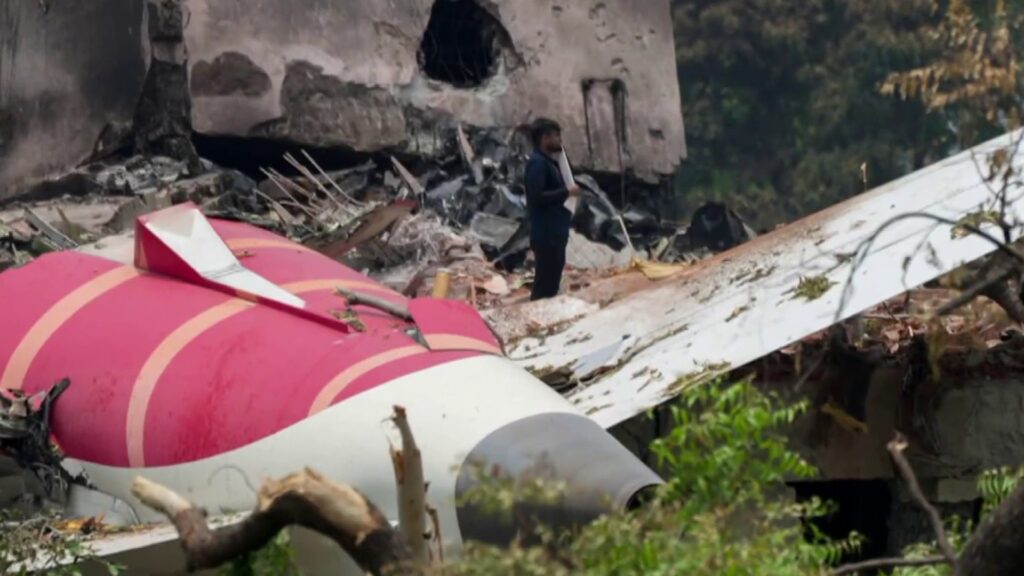A cockpit recording from the tragic Air India crash in Ahmedabad on June 12 suggests the captain may have deliberately cut the fuel supply to the engines, according to a source familiar with the U.S. officials’ early assessment of the evidence. The crash of the Boeing 787 Dreamliner, which claimed 260 lives, has become the deadliest aviation accident in a decade.
The preliminary analysis indicates that the first officer, who was at the controls during takeoff, questioned the captain about switching the fuel levers to “cutoff,” a move that starved the engines of fuel. The captain reportedly denied doing so. While cockpit video is not available to confirm which pilot moved the switches, the voice recorder conversation strongly points to the captain, according to the unnamed source. However, the assessment remains unofficial, and investigations are ongoing.
India’s Aircraft Accident Investigation Bureau (AAIB) emphasized in a statement that it is premature to draw conclusions, warning against speculation based on selective or unverified reporting. A preliminary report released Saturday by the AAIB confirms the switches moved from “run” to “cutoff” seconds after takeoff, but did not specify how.
Immediately after liftoff, CCTV footage showed the ram air turbine deploying indicating complete engine failure. Though the fuel switches were reset and the engines attempted to restart, the plane was too low and slow to recover. It struck trees and a chimney before crashing into a nearby medical college, killing 241 of 242 people on board and 19 on the ground.
The preliminary report found no mechanical faults or maintenance issues. Following its release, both the U.S. FAA and Boeing reaffirmed the safety of the fuel switch design.
Aviation safety experts say the evidence increasingly suggests human error. John Nance, a prominent analyst, said, “There’s no other rational explanation consistent with the facts.”
The crash has reignited calls for mandatory cockpit image recorders to assist investigations, with experts noting such footage could have clarified the actions taken during the critical moments before the crash.

